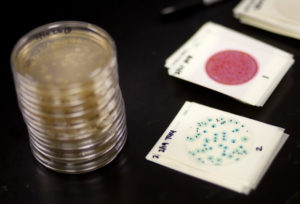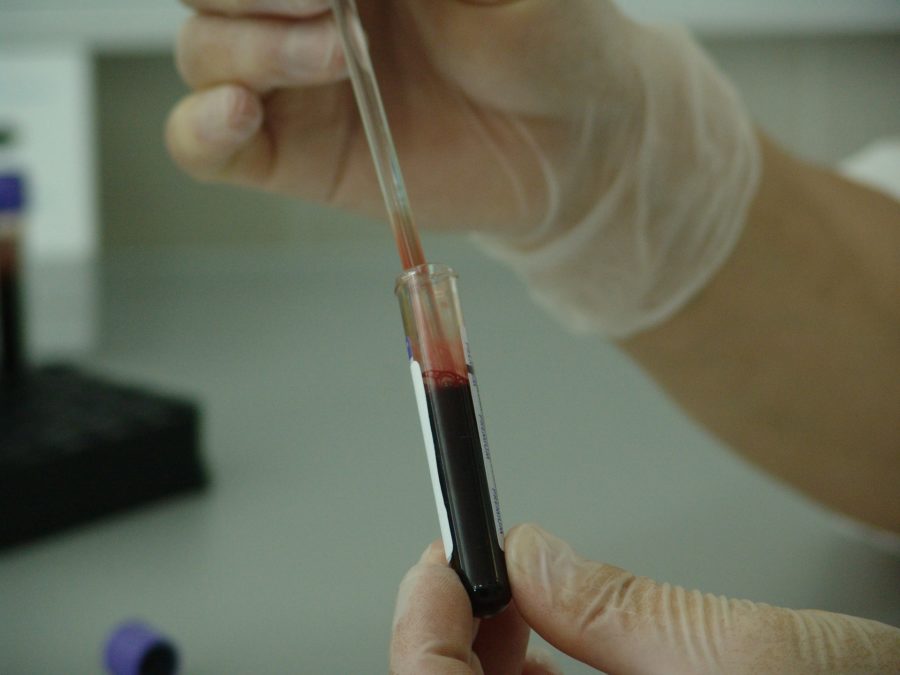
For most people, it’s not unheard of to scout out information about a neighborhood before moving there. This can be accomplished in many ways, but perhaps the most effective is just talking to the neighbors. Researchers have uncovered this common practice may also be in use by our smallest units of life: cells.
Scientists from Emory University, Johns Hopkins, Yale and Purdue have recently published a study about cells and their ability to communicate via chemical cues. The findings were published in the “Proceedings of the National Academy of Sciences.” Ilya Nemenman, a theoretical biophysicist from Emory University, was a co-author on the study.
Researchers are continuing research that began over 30 years ago with Howard Berg and Ed Purcell. The research revolved around the idea that cells communicate information to one another before moving to a new place in the body.
The experiment used the mammary gland tissue of mice. The researchers used a mathematical model and formula in order to analyze the communication between cells.
Previous researchers were limited to using cultured cells. Cultured cells always presented one big problem—they quickly lose their ability to have that cell-to-cell interaction.
Researchers in this study were able to work with functional clumps of cells. They observed that these cells worked together to detect signals and information from other cells about the area they planned to move to in the body.
While cells are good at communicating, their communications do have a few limitations. First, each cell can only talk to the cell directly next to it. For example if cell three wants information about cell five, then cell three needs to talk with cell four, who will talk to cell five and will then have the information that cell three is after.
Second, researchers found that there is a limit on how far these messages between cells can actually go without getting lost in transmission, despite their original thinking that this type of communication could go on in a sense, forever, without limits.
Researchers said the study will provide new ways to study “normal and abnormal developmental processes.”








